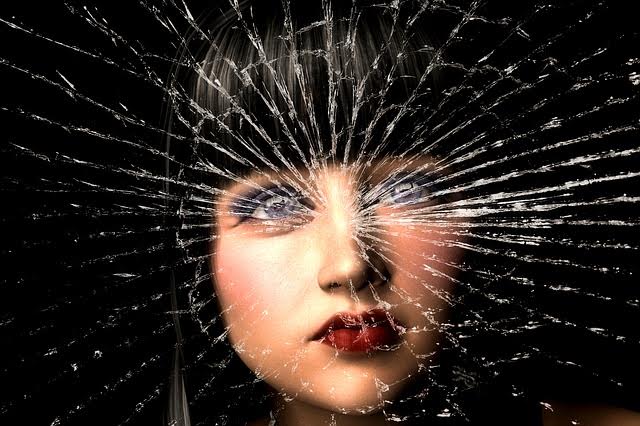I’ve recently spoken with two mothers who’ve outgrown their old ways—which were, let’s just say—not the best.
In essence, they were bullies to their kids. However, I’m sure we can all relate to at least one person in our lives we’ve hurt and wished we could “unhurt” because we now see that we were really sh*tty to them.
When a mother, or anyone in a long-term relationship with someone else, come to the awareness that they’ve wasted years belittling a person they were meant to empower, they want to undo all the damage they’ve done overnight.
Mostly, they want the person they’ve hurt to see that they’ve changed. They may even try to overcompensate, which only adds to an already vicious cycle. But, I’m going to explain how you can heal the person you’ve hurt, and it’s not how you may think.
Good for you! You’ve changed!
This is the first step to healing the person you’ve hurt. And now, you want to show them, but they aren’t ready to see, which brings us to another vicious cycle—one in which perpetrators often paint themselves as the victim.
Any niceties that come from your change, at first, may be perceived as fake. And, if not fake, as having an agenda. When the person you’ve hurt is guarded toward you and won’t let you in, you must realize that while you may have changed for the better, they perceive you as having changed them for the worse.
Your change doesn’t undo theirs. So you, as someone who truly has changed and is seeking forgiveness, feels unseen, unvalidated, and then reacts toward the person you’ve hurt as if they’ve hurt you.
This creates an insidious cognitive dissonance for them. They’ve spent their whole lives towing the line as you belittled them in situations when you were in a position to empower them. Yet again, the scene that plays out is victim versus perpetrator, except now, the perpetrator is asking the victim to see things in the reverse.
The victim is subconsciously made to feel guilty for setting their own boundaries. It makes their boundaries appear rigid and unfair. And so, the perpetrator gets to play the victim.This is not the way to heal the person you’ve hurt.
If you really want to heal the person you’ve hurt, your change, even though it’s about you, must be carried out in the vein of “them.” It is not enough to say, “I want my daughter back in my life because I feel like a part of me is missing.”
It’s better to say, “This is what it feels like to be around my daughter and I deeply long to share time and space with her. I enjoy how I feel when I’m with her.”
One statement is one-sided. The other isn’t.
The best way to heal a person you’ve hurt after healing yourself, is to finally let their experiences, emotions, and perceptions be given a voice in the silence and withholding of yours. For a while, the silence of your voice may look like distance and heartbreak on your end, but it gives the other person ample time to collect their own words without the interference of yours.
It feels terrible to be out of control, which is why bullying occurs in the first place. Bullies who’ve healed themselves drop into victim mode the second the person they’ve bullied can’t see them through their change. We all deeply want control, and the greatest lesson those who’ve finally set their own boundaries against our perpetuation can teach us, is that we’ve never had control in the first place.
Our sense of needing control keeps us distant from everything we truly desire. Many of us seek control, while also deeply wishing someone would come and save us, so we can give up the exhausting façade of being “in control.”
When our out of controlling behavior has hurt someone who is reclaiming control of their own lives, it’s ample time we mirror the task, and recognize the only control we’ve ever had, is ultimately over ourselves.
It is the bully who abuses control, not because they want it, but because they feel they were handed it and didn’t trust themselves with it. It is the bully who wants to be saved in the first place—so it is the bully who, once changed, must save themselves each time they fall down the victimhood rabbit hole for not being forgiven by their victim.
Give them space to practice the art of something you subconsciously set out to teach them, which was, to find their “enough-ness” after years of feeling like it was robbed from them, by you.
When we forgive our aggressors, the ones who p*ssed us off enough so that we became bullies in the first place, we free ourselves from becoming them.
When you forgive your aggressors, the people you’ve hurt will free you. And likely, not a second before.
~
Author: Stacy Hoch
Image: Pixabay
Editor: Lieselle Davidson
Copy Editor: Sara Kärpänen
Social Editor: Leah Sugerman











Read 0 comments and reply